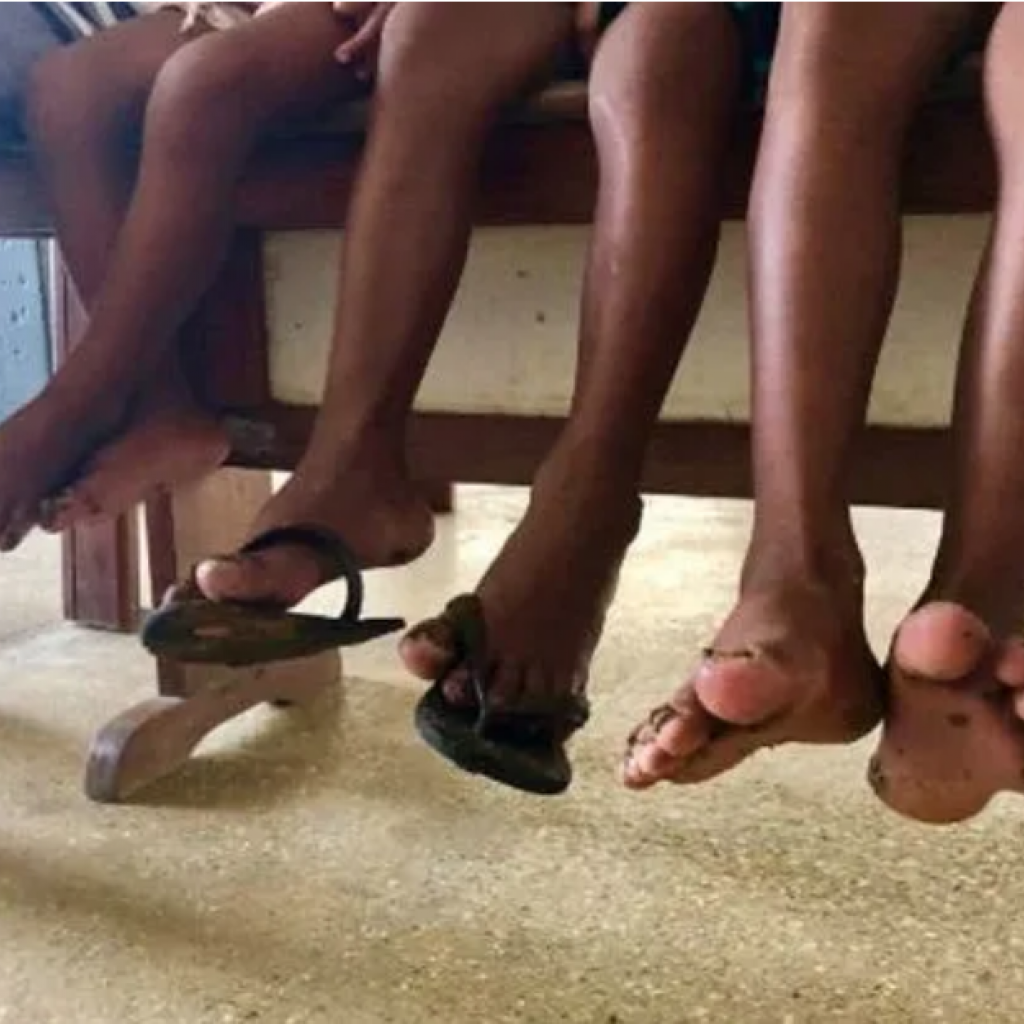Onchocerciasis: training of health workers at national and district levels on skin-NTDs

Course details
About this course
Onchocerciasis – or “river blindness” – is a parasitic disease caused by the filarial worm Onchocerca volvulus transmitted by repeated bites of infected blackflies (Simulium spp.). These blackflies breed along fast-flowing rivers and streams, close to remote villages located near fertile land where people rely on agriculture.
There is a need to reinforce skills of national and district health workers to know and identify the disease, understand the risk factors according to the context and living conditions of the affected communities, and promote the implementation of public health interventions. With the shift from control to elimination, large areas in Africa require mapping to assess whether transmission is active, and treatment required. A sampling strategy named Onchocerciasis elimination mapping has been developed to help countries conduct those assessments and start treatment where needed.
This course examines the epidemiology of Onchocerciasis, clinical aspects, impact, diagnosis, treatment and control, elimination, public health interventions and role of community health workers.
By the end of the course, you should be able to:
- describe an overview to onchocerciasis as a Skin-NTD
- describe the epidemiology of onchocerciasis
- list the clinical features, differential diagnosis and impact of onchocercal skin disease
- outline the diagnosis, treatment, control, complications and referrals of onchocerciasis
- describe the global, national and district situation of onchocerciasis as well as the global elimination strategy
- describe the recording and reporting of onchocerciasis
- describe the impact of public health interventions for onchocerciasis

